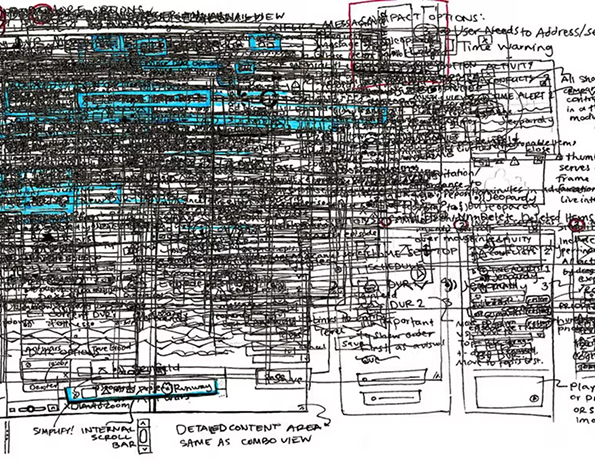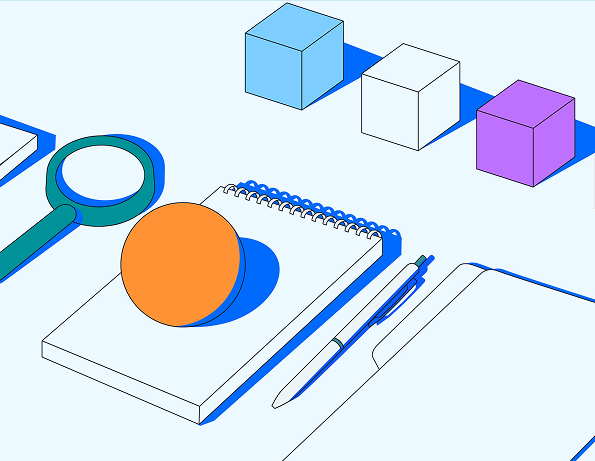User scenarios are vital for understanding interactions and enhancing usability. Instead of reinventing them for every project, reuse and refine your scenarios to save time while maintaining consistency.
1. Develop a Reusable Template
Create a scenario template that outlines key details—user identity, goals, steps, and outcomes. Enhance it with a checklist to ensure no critical element is missed, and adjust the template for various projects.

2. Build a Centralized Scenario Library
Collect all your scenarios in one easily accessible library. Organize them by tags or categories (like user persona or task type) to quickly locate relevant examples. Sharing this library with your team fosters collaboration and continuous improvement.
3. Regularly Update and Refine
User needs evolve, so review your scenarios periodically using data from user feedback and analytics. Keep a version history to track changes and learn from past iterations.
4. Use Scenarios as a Launchpad
Consider scenarios as starting points for brainstorming new ideas. Invite team input and document insights to address edge cases and atypical user needs, ensuring your designs remain adaptable and user-centered.

5. Leverage Historical Data
Analyze previous projects to identify common trends and pain points. Use these insights to further refine your scenarios, aligning them more closely with real-world user behavior.
By reusing and fine-tuning your UX scenarios, you streamline your design process and focus on enhancing what works—ultimately driving better, more efficient user experiences.

